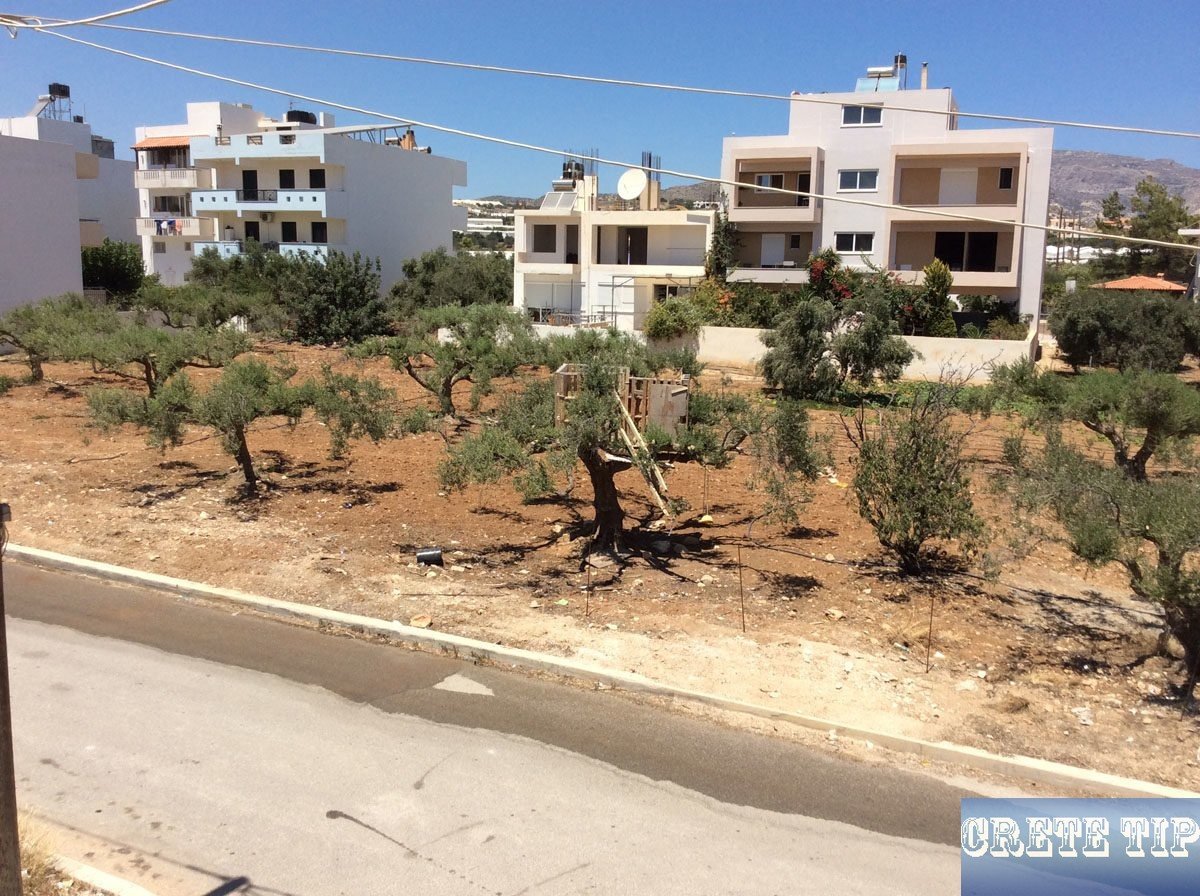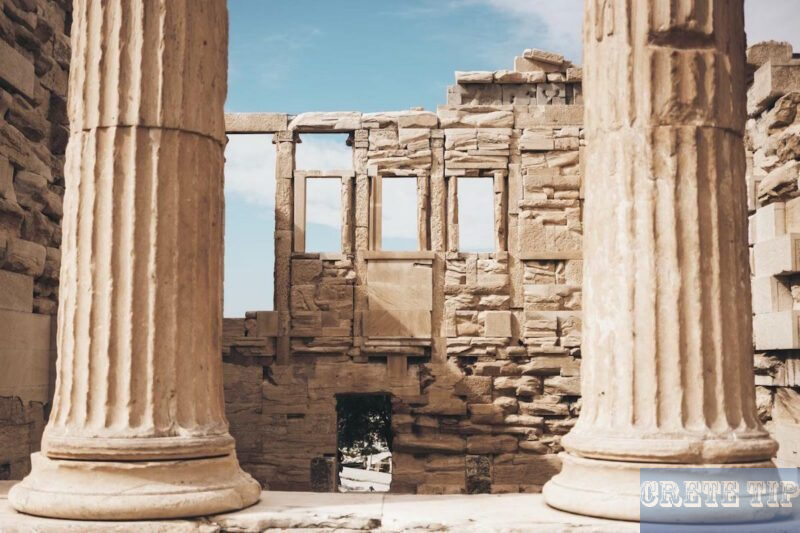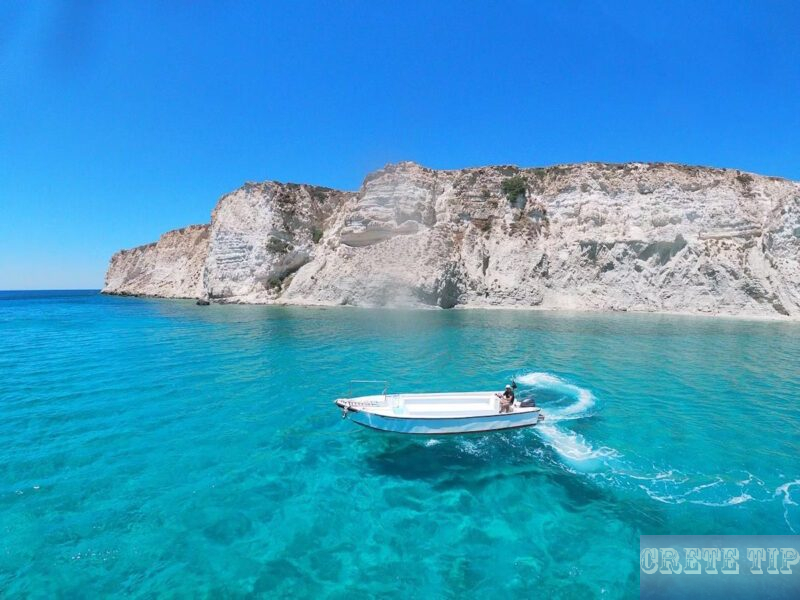Tourism accounts for around 50 % of Crete’s GDP: The Economic Impact and Future Prospects

Tourism accounts for around 50 % of Crete’s GDP: The Economic Impact and Future Prospects
Table of Contents
Tourism serves as the cornerstone of the economy in the Region of Crete, contributing approximately 50% to its Gross Domestic Product (GDP). Maintaining high levels of tourism is a challenging process that requires sustained effort over many years from both professionals in the sector and relevant public authorities.
The Tourism Directorate of the Region of Crete plays a crucial role in marketing the destination to potential visitors. Efforts include participation in international tourism fairs and carefully selected workshops. This allows representatives to highlight the safety of the island and showcase its unique advantages for holidaymakers.
A presentation at the Regional Council of Crete outlined a strategic plan titled “Famous Crete” aimed at promoting the island’s tourism. The budget for tourism in Crete for 2025 is ambitious and outward-looking, standing at €1,230,000, similar to the previous year’s budget. This includes 20 exhibition participations and 16 workshops, along with substantial funds allocated for advertising and trips for influencers in public opinion.
As noted by the Deputy Regional Governor of Tourism, Kyriakos Kotsoglou, the year 2024 ended with a roughly 7% increase in arrivals, reaching 6.5 million visitors. Crete is treated as a unified destination, with Chania Airport alone seeing over 1.5 million arrivals.
New Goals – New Markets
Regarding the new targets set for the promotion of Crete, Mr Kotsoglou emphasised the importance of expected connections to the Asian market through the new Kasteli Airport, slated to open in 2027. Efforts are currently underway to attract new markets, including participation in special airport exhibitions to promote these developments.
In terms of specific performance in tourism, Kyriakos Kotsoglou remarked that the Region of Crete regards the island as a complete destination. The concept of unity is vital, and there has been a shift away from segregating the tourism potential of various areas within the island. This approach emphasises a collective identity for Crete that is designed to enhance its appeal to tourists.
The tourism sector not only supports direct contributions to GDP but also generates numerous indirect benefits across various related industries. These include accommodation, transportation, and local businesses that thrive on the influx of visitors. The multiplier effect of tourism is significant, as each euro spent by a tourist can circulate through the economy, benefiting multiple sectors.
Hotels are evolving to meet the changing demands of tourists, with many establishments investing in upgrades and modernisation to attract higher numbers of visitors. The competitive landscape of the tourism industry in Crete pushes businesses to provide exceptional services and unique experiences that appeal to a broad range of travellers.
As the tourism landscape shifts, Crete’s strategy remains focused on sustainable growth. Emphasising environmental considerations and the preservation of cultural heritage ensures that tourism development can be harmonious with local communities and ecosystems. This approach not only enhances the visitor experience but also fosters long-term economic health for the region.
In light of evolving market dynamics, the region is poised to adapt by exploring diverse tourism niches. Adventure tourism, ecotourism, and cultural experiences are just a few of the areas being developed to attract a varied demographic of travellers. Crete’s rich history, stunning landscapes, and welcoming people provide an ideal backdrop for these diverse offerings.
The integration of technology in the tourism sector is another focus area. Digital marketing strategies are being employed to reach potential tourists more effectively, utilising social media and online campaigns to engage a global audience. Furthermore, partnerships with travel influencers have proven successful in showcasing the island’s attributes and enhancing its visibility on major platforms.
Efforts to develop sustainable tourism practices include actions to reduce the seasonal nature of the industry. By encouraging year-round visits, the region can stabilise economic activity and provide employment opportunities consistently throughout the year. This strategy also helps mitigate the impact of over-tourism during peak seasons, ensuring a balanced approach to visitor management.
Community engagement plays a vital role in tourism development. Involving local populations in the decision-making process fosters a sense of ownership and ensures that the benefits of tourism are shared across the community. This collaborative approach is essential to maintain the authenticity of the tourist experience while supporting the local economy.
Training and professional development for those working in the tourism sector are also priorities. By enhancing skills and service standards, Crete aims to improve the quality of offerings available to visitors. Investing in human resources is crucial for maintaining a competitive edge in the global tourism market.
Safety and health protocols remain essential components in attracting international visitors. Crete has implemented measures that ensure a safe environment for tourists, which is particularly important in the post-pandemic landscape. Clear communication of safety standards reassures potential visitors and helps sustain the region’s reputation as a safe holiday destination.
Data and research will continue to guide the strategic planning of tourism in Crete. Collecting insights on traveller preferences and behaviours enables stakeholders to adapt offerings and marketing strategies effectively. This data-driven approach supports meeting the expectations of modern travellers while maximising the economic benefits of tourism.
The ongoing commitment to infrastructure development will also play a crucial role in shaping the future of tourism in Crete. Upgrades to transportation networks, public facilities, and tourist attractions are all part of a comprehensive strategy to enhance infrastructure. Improved accessibility will encourage more visitors and facilitate a better experience overall.
Local gastronomy remains a significant draw for tourists. Emphasising the unique culinary heritage of Crete creates opportunities for businesses that specialise in local products and traditional dishes. Food and drink experiences that highlight Cretan ingredients and cooking methods can enhance the tourist experience while also supporting local producers.
Frequently Asked Questions
How has tourism affected the economic development of Crete?
Tourism plays a vital role in the economic landscape of Crete. It has led to increased investments in infrastructure, such as roads and airports, and boosts in local businesses. The influx of visitors stimulates various sectors, including hospitality, retail, and services, supporting overall economic advancement on the island.
What share of Crete’s GDP comes from tourism?
Approximately 50% of Crete’s GDP is generated by the tourism industry. This significant contribution highlights the essential nature of tourism in sustaining the island’s economy and demonstrates its role as a primary economic driver.
What are the main factors that make Crete reliant on tourism?
Several key elements contribute to Crete’s reliance on tourism:
- Natural Beauty: The island’s stunning landscapes, beaches, and rich history attract millions of visitors each year.
- Cultural Heritage: Crete boasts a unique cultural identity, with ancient sites and traditional customs appealing to tourists.
- Mild Climate: The pleasant weather attracts seasonal visitors, especially during warmer months, making it an ideal holiday destination.
How does seasonal tourism impact Crete’s economy?
Seasonal tourism brings challenges and opportunities. During peak seasons, the economy experiences a surge in revenue, which can lead to job creation and business growth. However, during the off-peak months, the local economy may find it difficult to sustain stable income levels, leading to fluctuating employment rates.
In what ways does tourism affect local job opportunities in Crete?
Tourism significantly influences job creation in Crete. It provides employment in various fields, including:
- Hospitality (hotels, restaurants, and cafes)
- Travel Services (guides and tour companies)
- Retail (local shops and markets)
What initiatives is Crete implementing to support its tourism-based economy?
Crete is actively taking steps to enhance its tourism sector while ensuring sustainability. These measures include:
- Promoting off-season tourism: Efforts are made to attract visitors year-round, which helps balance the economic load.
- Sustainable practices: Initiatives aimed at preserving the environment and cultural heritage are being encouraged to ensure long-term viability.
- Infrastructure improvements: Investments are being made to improve transportation and amenities for tourists, enhancing their overall experience.




